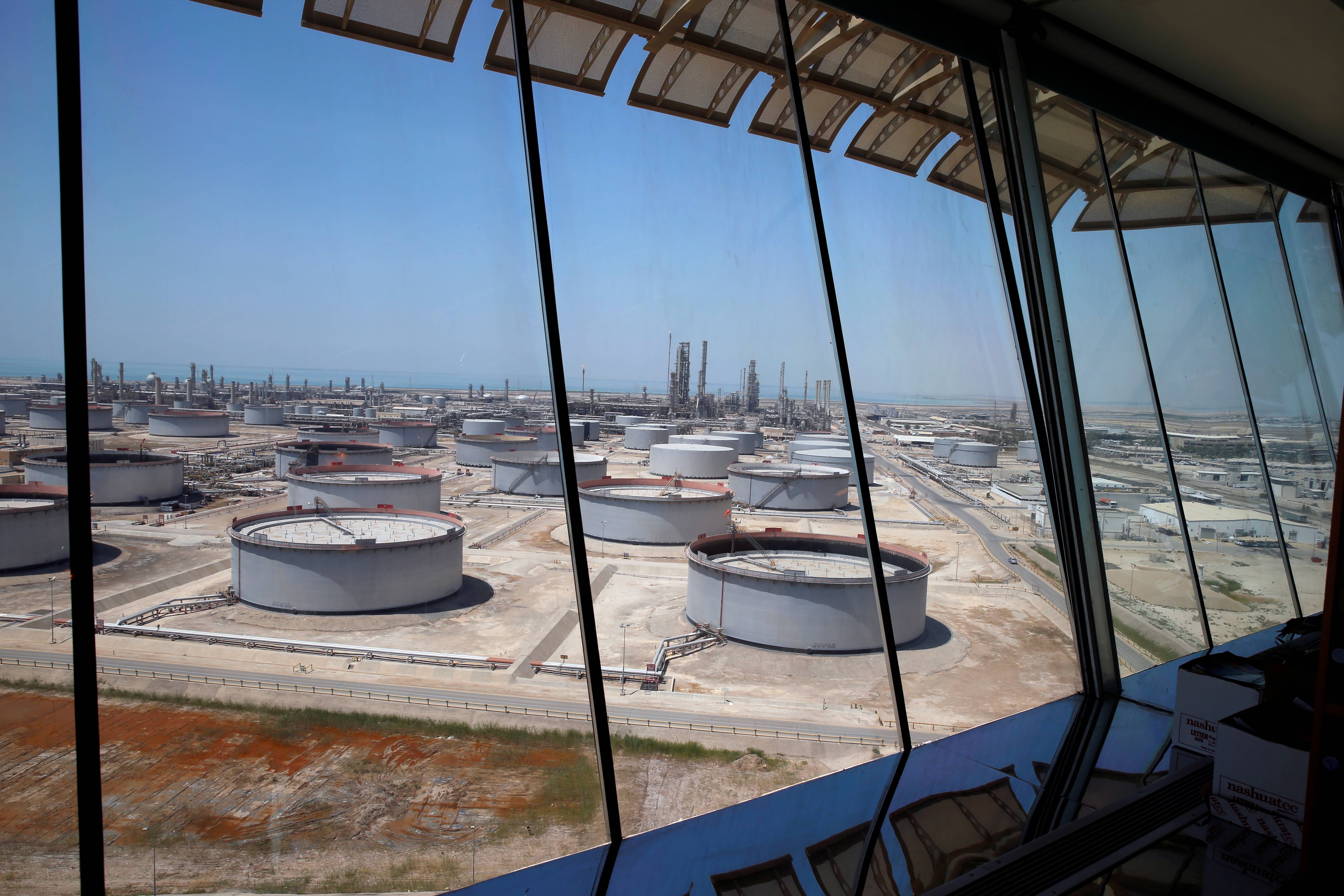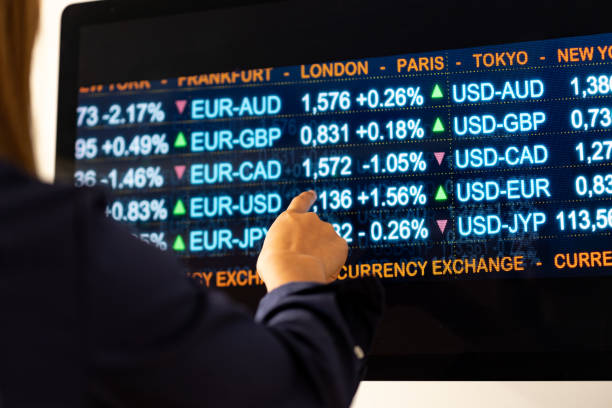Saudi steady decisions show rising crude oil demand worries

General view of Aramco's Ras Tanura oil refinery and oil terminal in Saudi Arabia May 21, 2018. Picture taken May 21, 2018. REUTERS/Ahmed Jadallah/ File Photo Acquire Licensing Rights
LAUNCESTON, Australia, Nov 7 (Reuters) - Saudi Arabia made two recent decisions that on the surface seem to indicate a steady crude oil market outlook but may point to a ticking up in concern over the state of demand.
The world's largest oil exporter said it will keep prices for its benchmark crude grade steady for Asian customers for December cargoes, and also announced that it will maintain its voluntary production cut until the end of the year.
Saudi Aramco (2222.SE), the state-controlled oil giant, said on Monday that it will hold the official selling price (OSP) of its main Arab Light grade for Asian refiners for December-loading cargoes unchanged at a premium of $4 a barrel over the Oman/Dubai average.
This ended a run of five consecutive price increases for the grade, which in turn have led to declining profit margins for refiners in Asia as they face higher crude costs that they have been unable to fully pass on through lifting product prices.
The unchanged OSP for Arab Light crude for Asia was expected by the market given the recent weakness in refining margins, with the profit per barrel of crude at a typical Singapore refinery ending at $4.04 on Monday, up from the recent low of $1.45 on Oct. 20, but also well below the 2023 peak of $15.40 on Aug. 28.
It's also likely that softer demand for refined products in Asia amid economic uncertainty led to Aramco's decision to keep the Arab Light OSP unchanged.
While there is some heightened concern over supply given the outbreak of what is shaping up as a long and bloody conflict between Israel and Hamas in Gaza, this has eased in recent days as there is no actual disruption in oil shipments from the Middle East.
It's worth noting that Aramco did increase the OSP for its Arab Extra Light crude, a grade that has similar qualities to global benchmarks Brent and West Texas Intermediate.
The OSP was raised to a premium of $4.05 a barrel over Oman/Dubai for December shipments, up from $3.35 for November cargoes.
The increase for Arab Extra Light reflects strength in prices for light, sour crudes in recent weeks.
However, it also means that refiners in Asia are likely to seek cheaper cargoes from Atlantic Basin, especially since Brent's premium over Dubai has been on a narrowing trend in recent weeks, dropping to 47 U.S. cents a barrel in early trade on Tuesday, down from a recent peak of $4.15 on Sept. 28.
OUTPUT CUTS
Saudi Arabia said on Nov. 5 that it will extend its voluntary 1 million barrels per day (bpd) output cut for another month for December.
The kingdom initiated the extra production cut in July in addition to reductions already agreed as part of the wider OPEC+ group, ostensibly to provide stability to the crude market, although most observers saw the cut as an effort to bolster prices.
The extension of the additional 1 million bpd cut is perhaps a tacit admission that crude oil demand isn't as strong as OPEC has been expecting.
It's worth noting that oil produced and exported in December only reaches refiners in Asia several weeks later, meaning that Saudi Arabia is likely not anticipating a surge in demand for crude in the first quarter of 2024.
Asia's crude imports showed some resilience in October, rising to 27.36 million bpd from 26.60 million bpd in September, according to data compiled by LSEG.
However, October's imports were only the sixth-highest monthly total in 2023 on a barrels per day basis, suggesting that the top-importing region has lost some of its appetite for crude in the second half of the year.
China, the world's biggest importer, saw arrivals of 11.90 million bpd in October, up from September's 11.18 million bpd, but both these months were down on August's 12.49 million bpd.
August would have been the last month that crude was bought prior to the strong rally in prices from early July onwards, sparked by Saudi Arabia's additional output cut.
Brent crude futures rallied from a low of $71.57 a barrel on June 28 to a high of $97.69 on Sept. 28 as Saudi Arabia tightened supply, a process aided by Russia, the world's second-largest crude exporter, cutting 300,000 bpd of its output.
Brent has since slipped to trade around $84.79 a barrel early in Asia on Tuesday.
However, the high prices that prevailed in August and September are likely to show up in imports in November and December, given the lag between when cargoes are arranged and physically delivered.
The opinions expressed here are those of the author, a columnist for Reuters.
Editing by Robert Birsel
Our Standards: The Thomson Reuters Trust Principles.
How do futures traders review their trading?
Futures trading is a form of financial speculation that involves buying and selling contracts that represent the future delivery of an asset, such as a commodity, a currency, an index, or a stock. Futures traders aim to profit from the price movements of the underlying asset, without actually owning
Futures night trading hours
Futures are contracts that obligate the buyer or seller to exchange an asset or commodity at a specified future date and price. They are used for hedging, speculation, and arbitrage purposes in the global market. Futures can be based on various underlying assets, such as currencies, commodities, ind
How can futures efficiently increase the success rate of intraday trading?
Intraday trading is a form of trading that involves buying and selling securities within the same trading day, without holding any positions overnight. Intraday traders aim to profit from the short-term price fluctuations of the market, using various tools and strategies to analyze and execute trade
What are the factors that can affect how much money can be made in futures?
Futures trading is a form of financial speculation that involves buying and selling contracts that represent the future delivery of an asset, such as a commodity, a currency, an index, or a stock. Futures traders aim to profit from the price movements of the underlying asset, without actually owning








